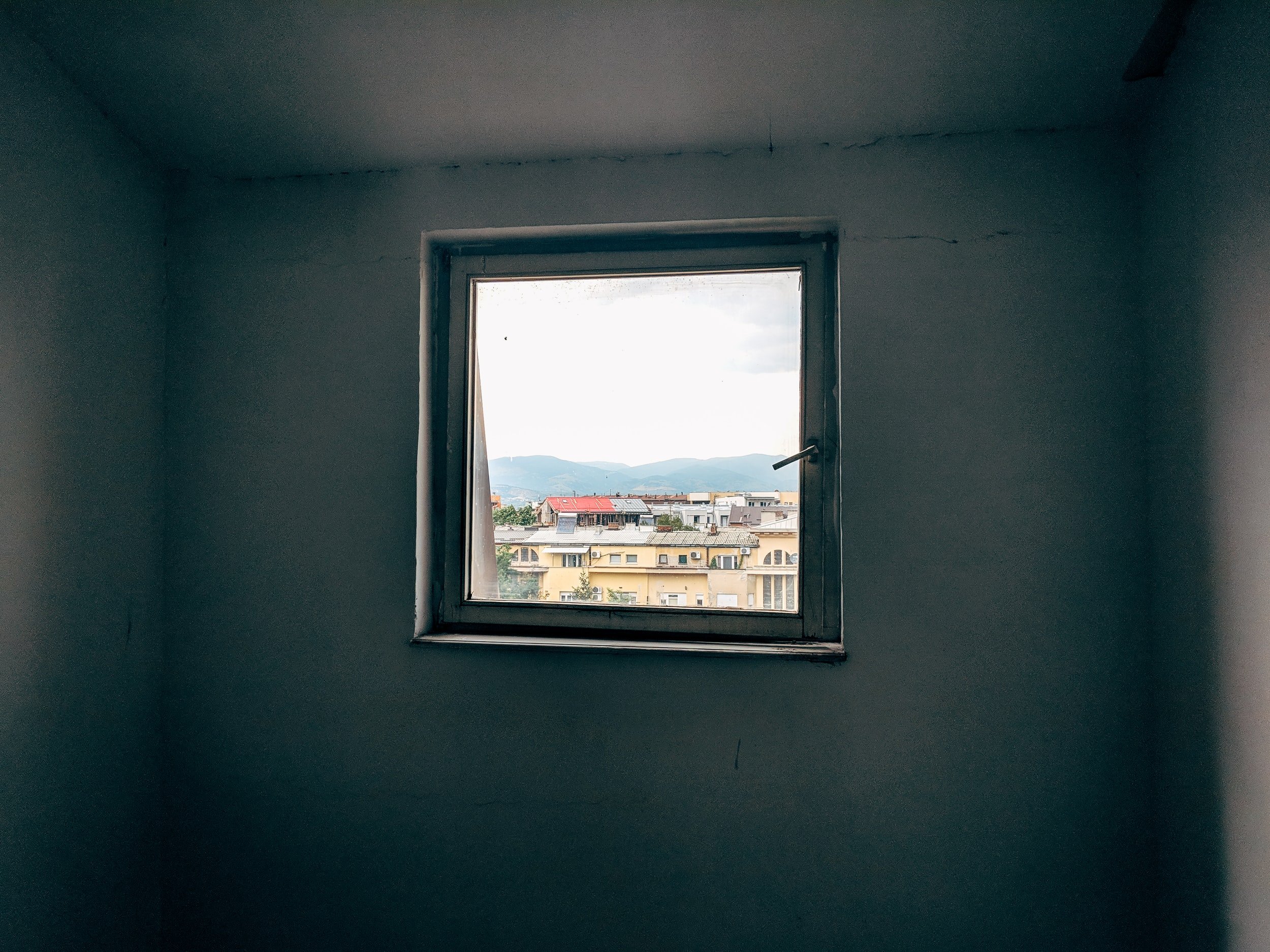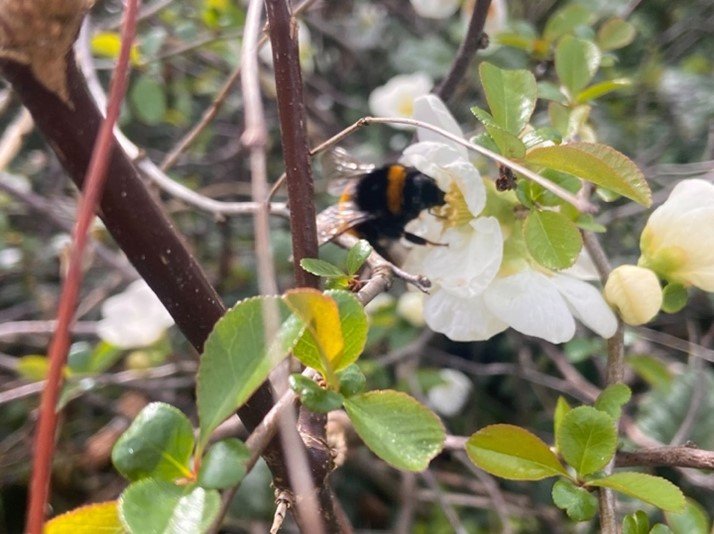Art, Action, and Science
The SAGE Methodspace focus for December 2022 is on Creative, Arts-Based, and Visual Methods. This collection of open-access journal articles offers different perspectives for using the arts across disciplines, in all phases of the research process. While some discuss creative ways to collect data, others look at ways to share findings.

See these special issues: “Action Research and the Arts” and “Action Research and Indigenous Ways of Knowing” from the open-access Canadian Journal of Action Research
Ellison, A.M., LeRoy, C.J., Landsbergen, K.J., Bosanquet, E., Borden, D.B., CaraDonna, P.J., Cheney, K., Crystal-Ornelas, R., DeFreece, A., Goralnik, L., Irons, E., Merkle, B.G., O'Connell, K.E.B., Penick, C.A., Rustad, L., Schulze, M., Waser, N.M. and Wysong, L.M. (2018), Art/Science Collaborations: New Explorations of Ecological Systems, Values, and their Feedbacks Bull Ecol Soc Am, 99: 180-191. https://doi.org/10.1002/bes2.1384
Collaborations between artists and scientists have a long history. In recent years, artists have joined with ecologists to showcase biodiversity, links between biodiversity and ecosystem function, and the effects of human activities on the broader environment. In many cases, artists also have provided “broader impacts” for ecological research activities, communicating scientific findings in creative and novel ways to audiences much broader than the readership of our technical journals.
Petersen, K. L., Leshyk, V. O., Marks, J. C., & Hungate, B. A. (2020). Science-telling through art. Frontiers in Ecology and the Environment, 18(3), 115-115. https://doi.org/https://doi.org/10.1002/fee.2186
The stakes for responsible, compelling science art have always been high (an illustrator better get the number of chambers in the heart right) but in recent years they have grown higher. Global environmental challenges require our research to move beyond journal pages and poster halls, while outside these venues (eg on Twitter) the noise-to-signal ratio has steepened. Every figure, whether a thoughtfully rendered close-up of mycorrhizal partners at root tips or a misleadingly binned histogram, now has the potential to reach hundreds of thousands of readers and decision makers. Art can boost science's signal.
Schroeter, I. M., Forrester, C. C., Brigham, L. M., Fried, E. R., Grabenstein, K. C., Karban, C. C., & McDermott, M. T. (2019). Diverging from the Dogma: A Call to Train Creative Thinkers in Science. The Bulletin of the Ecological Society of America, 100(1), e01463. https://doi.org/https://doi.org/10.1002/bes2.1463
Science is an inherently creative process at each step, from synthesizing literature, identifying knowledge gaps, designing robust studies, to troubleshooting in the field (Osborne et al. 2003, Hadzigeorgiou et al. 2012). Creative thinking in the context of science has been defined in many ways, but we use Hadzigeorgiou et al.'s (2012) definition for the purposes of this piece – scientific creative thinking is an imaginative process that incorporates content-based knowledge to generate novel ideas.
More Methodspace Posts about Creative and Arts-Based Methods
Pen, smartphone, or computer - any way we can record thoughts can be a a means to gather data for a study using diary methods. This collection of open access articles includes studies using audio, visual, and written diaries.
Faculty have been incorporating generative AI within their classrooms for the past two terms, here are a few examples.
This blog post is the first of nine in a follow-on to our “The future of computational social science is Black” series, about a Summer Institute in Computational Social Science organized by Howard University and Mathematica. It continues to bring the power of computational social science to the issues of systemic racism and inequality in America. This marks the third iteration of the successful SICSS model being hosted by a Historically Black College or University.
Throughout your research journey, leveraging digital tools can be advantageous, aiding you from initial planning to final presentation. Whether you lean towards paper-based methods or embrace a hybrid approach combining both digital and traditional tools, this blog post from Kelly Trivedy offers insights to help you explore and experiment with new tools effectively!
Typically, interviewers are accustomed to using words: we ask questions, we prompt follow-up responses, but the same principles of visual communication are true for research exchanges. Find tips and examples in this post.
Let’s use this open-access research case to think through the possibilities and potential problems involved with studying blog posts and online discussions.
Researchers can easily access user-generated public videos. See this multidisciplinary collection of open access articles about quantitative and qualitative approaches to collecting and analyzing videos from YouTube or TikTok.
Decolonizing research methods means rethinking how we look at participants and problems. In the digital world there are even more ways the European West exerts cultural, economic, and political control. At the same time, the digital world allows researchers to conduct studies across the distances.
Storytelling has been a part of our shared life since the beginning of time. Story-based research approaches are especially valuable when studying sensitive issues or collecting data with vulnerable participants. In today’s digital world we have new ways to share and collect stories in a research context.
Hashtags offer online researchers ways to identify popular topics, trace viral messages, and locate influential thought leaders. Learn more about how researchers use hashtags with this multidisciplinary collection of open access articles.
Let’s use this open-access research case to think through the possibilities and potential problems involved with studying blog posts and online discussions.
From the moment social media platforms began to welcome user-generated content, researchers have looked for ways to study it. Learn more with open-access articles about social media platforms.
Co-authors share about a topic of decolonial research, privilege, and ethics. They write this piece in two parts, narrating their understanding of the experience and how it relates to power hierarchies and researcher responsibility.
Do you think about research questions as an insider, outsider, or somewhere in between? Why is positionality important in online research?
Qualitative researchers often collect very personal data, whether in interviews or in narratives, diaries, or other records that depict their experiences. One way to protect their identities is by changing their names, and anonymizing the data.
When survey tools were first available online, it seemed like the process of data collection would get much easier. Find open-access articles and author interviews.
Julianne Cheek and Elise Øby, co-authors of the book Research Design: Why Thinking About Design Matters, discuss how to make decisions about what qualitative, quantitative, or mixed methods data to collect and how to do so. This post is the third of a three-part series of posts that feature ten author interviews.
What if we didn’t have to go fast to do our academic work and research? What if we could embrace the spaces and places around us to slow down? What could that mean for us personally, professionally, and in how we relate to social justice and ecological issues?
Anna CohenMiller helps us drawing on the 4C's of research: Compassion, Community, Care and Collaboration into our research praxis to develop as individuals and researchers.
Doctoral student Sandra Flores discusses her research in Puerto Rico, and what she learned from the experience.





















Suggestions and resources to help you collect data with online interviews.